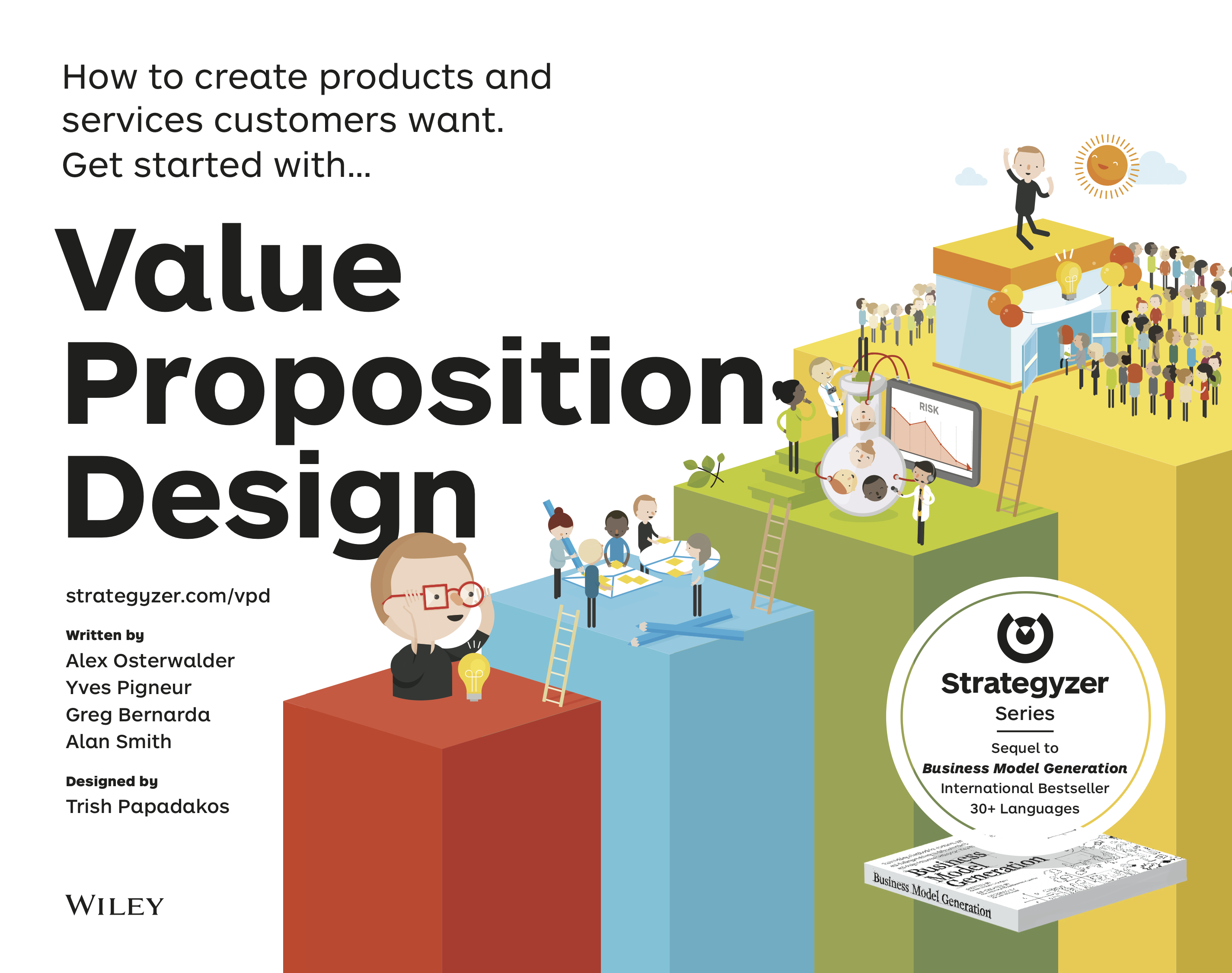The Economist: “Difference Engine: Pilgrim’s progress “
July 30th, 2012
“ANYONE who has tried a hand at starting a high-tech business’seeking to turn a clever research idea into something customers will pay good money for’quickly learns that everything taught in business school is next to useless. The mistake is to think of start-ups as just smaller versions of established businesses. They are nothing of the sort.
[...]
As the architect of the I-Corps programme, Mr Blank’s blueprint draws on two complementary techniques’’business-model design’ and ’customer-development process’. The first uses a technique pioneered by the authors Alexander Osterwalder and Yves Pigneur in their book ’Business Model Generation’. This provides a handy graphical template (called a “canvas”) that helps fledgling start-up teams envisage their most likely customers. With the canvas’ nine separate blocks covering such things as resources, value propositions, customer relations, cost structure and revenue streams, it captures the complete essence of a business plan. By filling in the individual blocks, the hopeful entrepreneurs are forced into the sort of business brainstorming many are unfamiliar with.
Customer-development process, meanwhile, provides a real-world way of testing the business plan’s various hypotheses, as written in the canvas’ nine blocks. The testing is done by getting potential customers, suppliers, partners and channel operators to challenge the assumptions. If invalidated, the I-Corps team has to pivot, and revise the entry in that particular block of the canvas. The process is repeated until all reiterations, in all nine blocks, are finally exhausted and the business plan emerges robust enough to be realistic.
[...]
See the article here






